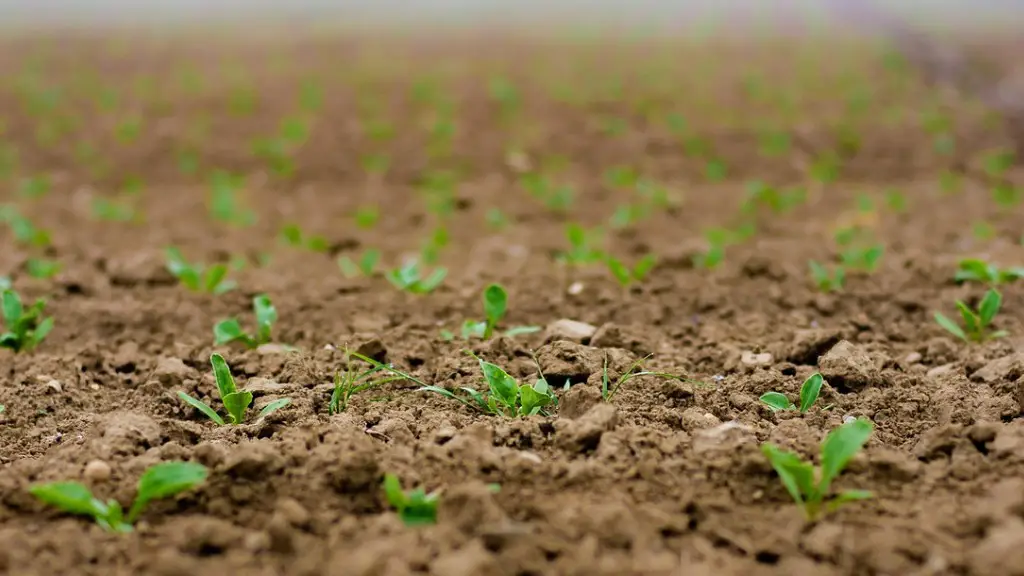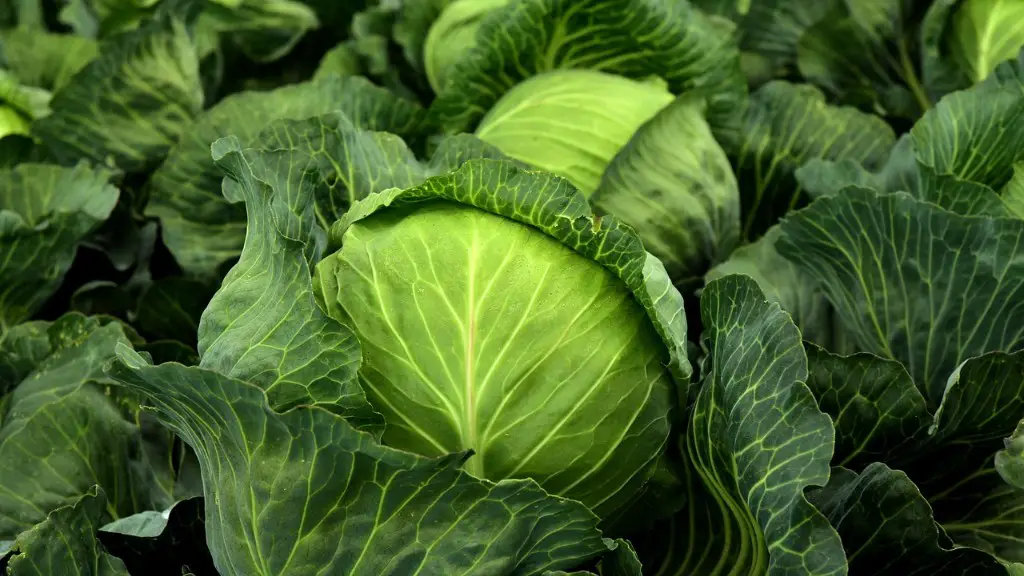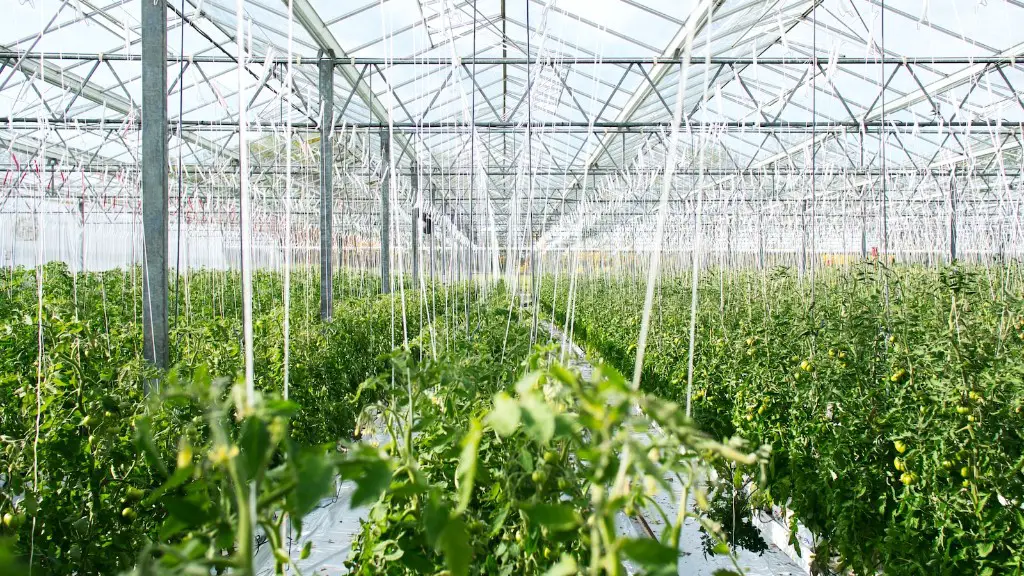Agricultural lime, also called ag lime, agricultural limestone, garden lime or liming, is a soil additive made from pulverized limestone or chalk. The main purpose of adding agricultural lime to soil is to sweeten or neutralize the soil, reducing the acidity and making it more conducive to growing plants. The use of ag lime was first recorded by the Romans and is still extensively practiced today. Lime comes in various forms depending on its purpose, such as calcium carbonate, calcium oxide, calcium hydroxide and calcium sulfate.
When soil is acidic, most crops and vegetables fail to grow. Agricultural lime functions by raising the pH levels of acid soil, thus making it more capable of sustaining life, promoting root growth in plants and increasing the availability of certain nutrients. Adding agricultural lime to soil strengthens root structures and reduces the risk of root rot, thus providing a healthier environment for plants to thrive. The liming process also buffers excess levels of hydrogen ions, thus improving soil drainage, reducing soil salinity, and stabilizing soil structure.
It is important to regularly test the soil’s pH levels and determine the exact amount of lime required for optimum soil enrichment. Liming is an essential part of crop production and soil maintenance and should be included in every farmer’s routine. It is important to note that lime is not a fertilizing agent and will not add any nutrients to the soil. Furthermore, it can take up to two years for the land to become fully acidic after treatment with agricultural lime.
When using agricultural lime, it is essential to avoid overliming, as this can severely damage the soil structure, leading to potential crop failure. Furthermore, it can also cause an excessive buildup of calcium within the soil, leading to a condition known as caliche soil. Caliche soil can prevent water and air from entering the soil, impacting the plant’s growth and overall health.
The Benefits of Agricultural Lime
Agricultural lime has numerous benefits which make it an essential part of crop production. These include improved soil drainage, increased availability of certain nutrients and soil stabilization. When used correctly, agricultural lime can be instrumental in promoting healthy plant growth, increased yield and higher overall crop quality.
Agricultural lime helps to buffer excess hydrogen ions in the soil, which improves the water-holding capacity of the soil, resulting in better drainage and more efficient water absorption. Furthermore, it works to reduce soil salinity which can be caused by irrigation, helping to optimize plant growth. Additionally, the liming process improves soil structure and fosters beneficial soil organisms, aiding in the maintenance of healthy soil.
Agricultural lime also increases the availability of certain essential nutrients, such as phosphorus, nitrogen, and magnesium, which helps stimulate plant production. It also helps to reduce acidity levels in the soil, making certain elements, such as nitrogen and phosphorus, more readily available to plants. Moreover, agricultural liming works to reduce compaction, as compact soils have difficulty retaining moisture and can impact plants’ growth and development.
The Disadvantages of Agricultural Lime
Despite its manifold benefits, agricultural lime is not without its detriments. It is essential to be aware of these when considering agricultural liming as a viable prospect. Firstly, overliming could cause an extreme build-up of calcium which, might foster an undesirable soil condition, such as caliche soil.
Also, agricultural lime can be expensive, and its price can vary depending on the type of product being used. Additionally, its application is labor intensive and can require machinery such as tractors and tillers. Finally, there is always the possibility of poor results from improper use, which in turn can lead to crop failure.
Understanding Soil pH Levels
Understanding soil pH levels is paramount before considering agricultural liming. The standard scale for soil pH ranges from 0 being highly acidic, 7 being neutral and 14 being highly alkaline. Agricultural lime typically works best in soils which are slightly acidic at around 6 or 7, although this will vary depending on the crop.
The best way to determine soil pH is to use a specialized testing kit, which is readily available in most garden supply stores. It is important to note that soil pH is not exclusive to where the crops are planted, but can also vary throughout the same field, so it is essential to test the soil in different areas.
Testing the soil allows farmers to determine the exact amount of agricultural lime needed and also helps to inform on how often liming should be performed. Less frequent liming is possible when soil pH is under 5, while soil pH levels should be monitored more often when the levels are above 5.
Mixing, Spreading and Tillage of Agricultural Lime
Mixing and spreading agricultural lime can be an arduous task, requiring the use of specialized equipment. Depending on the size of the land, farmers usually use either spreader trucks or tractors fitted with spreaders for this purpose.
Spreader trucks are preferred on larger fields as they allow for more efficient spreading. However, if the field is too large for a truck, a tractor-mounted spreader may be more suitable. Also, it is important to remember that the spreader needs to be calibrated properly and the bags of lime should be properly weighed before spreading.
Once the lime is spread, it is essential to mix it into the soil in order to promote optimal liming. This can be done either with a power tiller or a rototiller and should be completed in a timely fashion after the lime has been applied. If the soil is left unmixed, the lime will be less effective, and therefore result in ineffective liming.
Factors That Affect Liming
When it comes to effective liming, several factors must be taken into consideration, such as the soil’s texture and organic matter content. For instance, sandy soils don’t retain lime as effectively as newer and heavier clay soils. Furthermore, soils with high levels of organic matter are more likely to retain more lime, thereby aiding in longer-lasting liming effects.
Likewise, it is important to consider the area’s climate, as the lime can be quickly leached out of the soil by heavy rainfall or irrigation. Additionally, soils with high levels of nitrogen can often cause a rapid breakdown of lime, which in turn can reduce its effectiveness. Finally, the type of lime used is also an essential factor, with different types of agricultural lime possessing various calcium and magnesium ratios.
Calculating the Amount of Agricultural Lime Needed
Calculating the amount of agricultural lime needed is a complex process that takes into account the soil’s texture and fertility, the crop to be grown, and the soil’s pH levels. Hence, it is essential to consult with a soil specialist to determine the exact amount of agricultural lime needed. Farmers should also remember to err on the side of caution when it comes to liming, as overliming can cause serious damage to the soil.
The best way to figure out an accurate lime requirement is by gathering the relevant soil information and sending it off to a lab specialized in soil analysis. The lab will then inform the farmer on exactly how much lime should be added, as well as when and how often it should be applied. Furthermore, some labs also offer soil consulting services, which can be very helpful in understanding liming and its effects.




